Quick Korean Dumpling Soup (Mandu Guk)
Mandu guk is a Korean dumpling soup often served in the winter, especially at the New Year. You can make this comfort soup quickly with store-bought frozen dumplings and a flavorful broth of your choice in just 15 minutes.
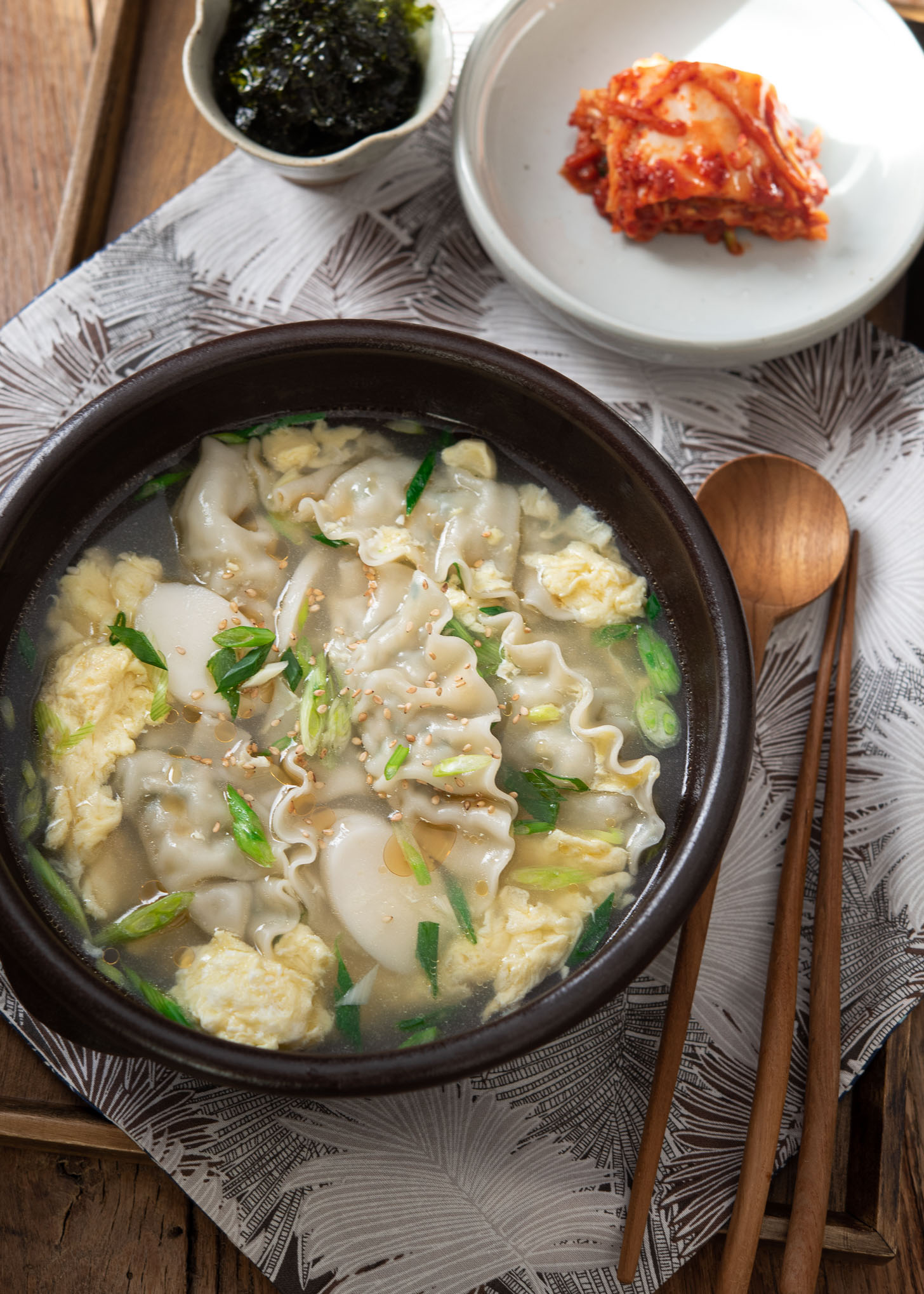
To celebrate the New Year, Koreans fill their feast table with homemade dumplings (mandu) and rice cake soup (tteokguk). The steaming heat rising from the juicy mandu and the freshly boiled rice cake soup brings such a comfort and nostalgia to all Koreans and Korean food lovers.
If you have a lot of Korean dumplings, making a bowl of dumpling soup is a great way to enjoy those juicy dumplings. And this recipe is so easy and quick to put together.
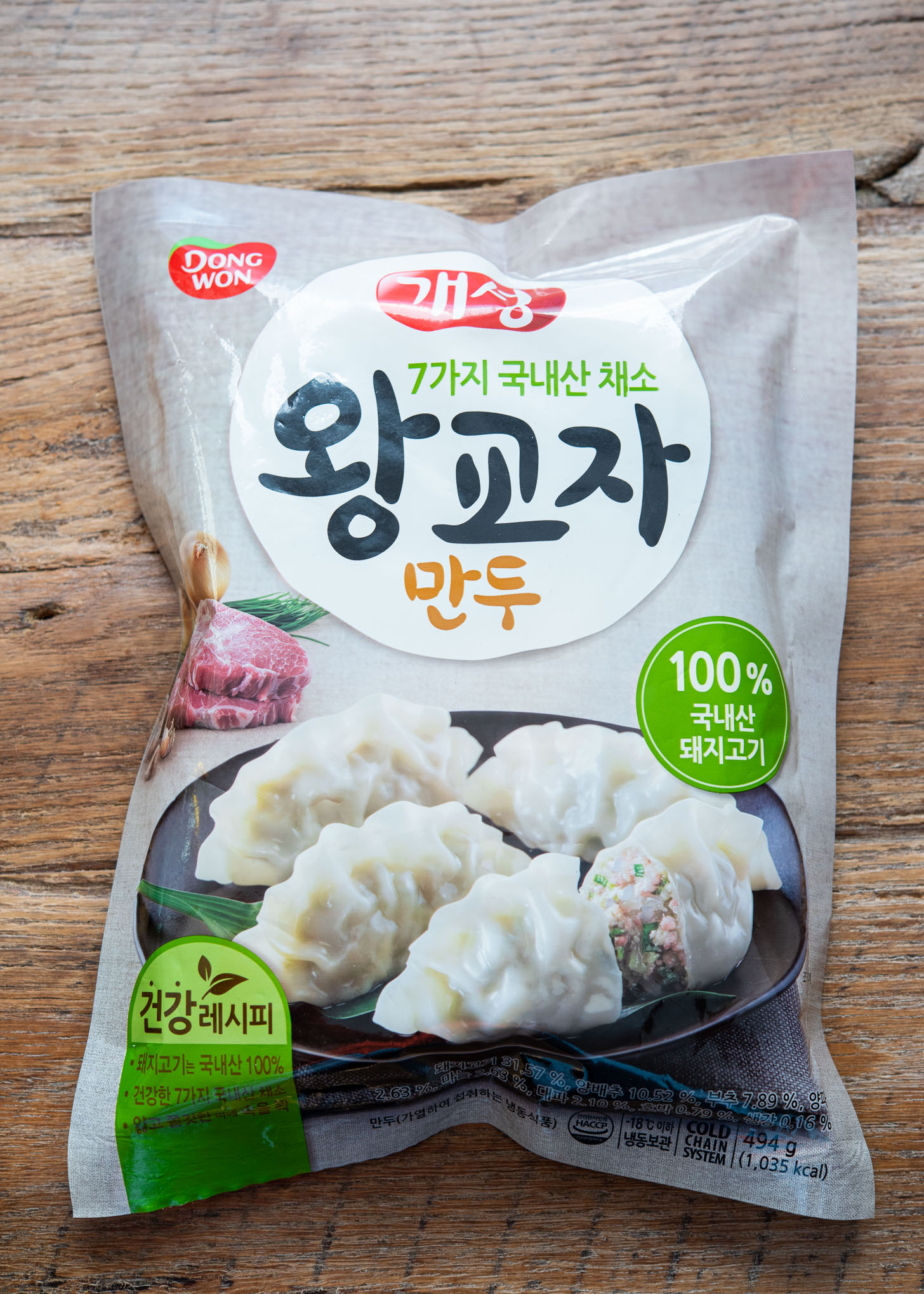
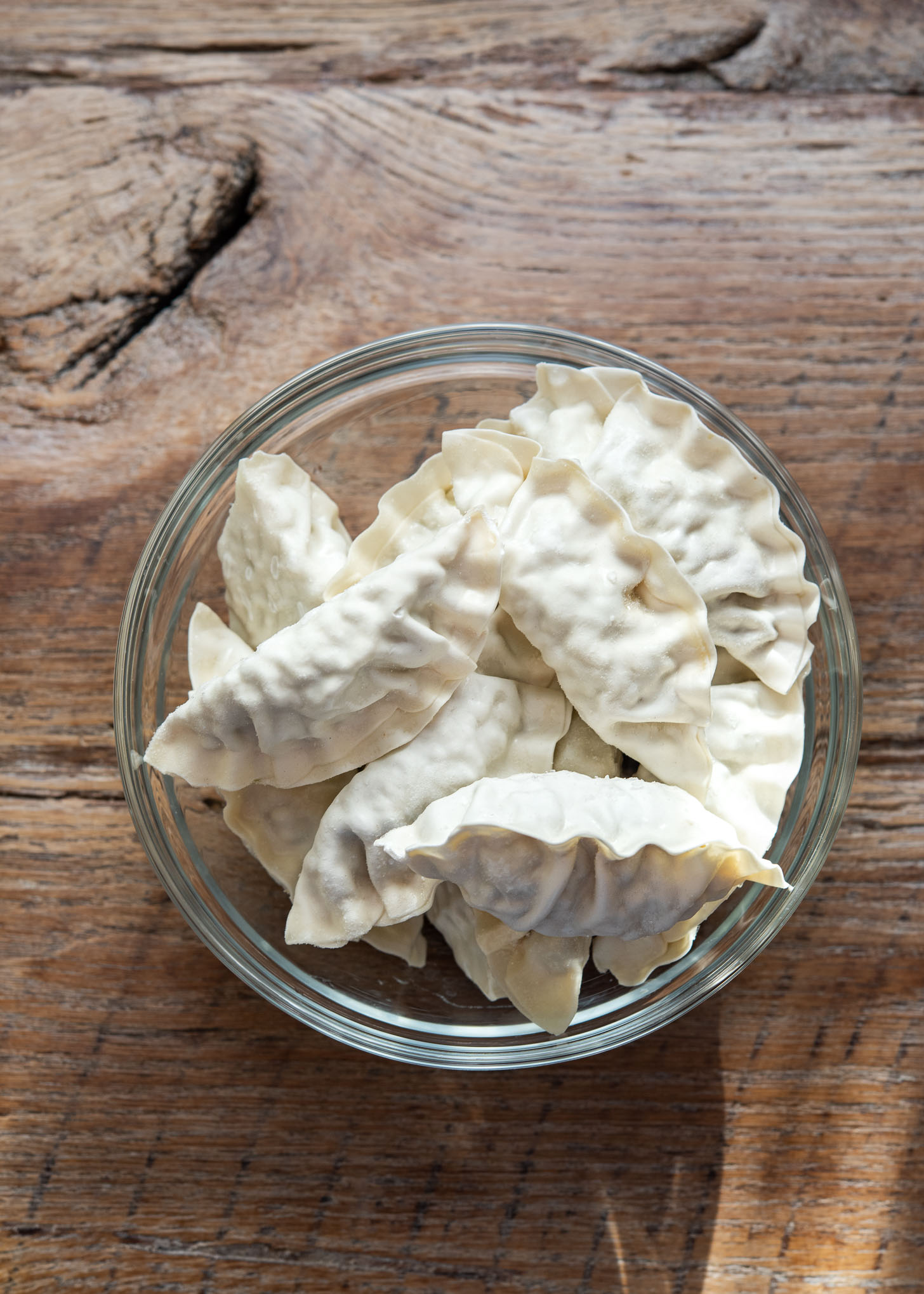
Types of Mandu (Dumplings)
Make mandu guk (만두국) with either homemade or store-bought dumplings. Any type of filling will work—pork (most common), shrimp, chicken, kimchi, or whatever your heart desires. Vegetarian dumplings work great, too.
You can buy frozen Korean dumplings in Korean grocery stores or any Asian markets. If you can’t find Korean dumplings, use other Asian style dumplings, such as Chinese dumplings.
These days, many local western grocery stores carry Asian dumplings, too. Any variety or shape will work for this easy mandu guk recipe.
Soup base for Mandu Guk
Korean mandu guk is versatile; you can use any broth as your soup base. Typically, Korean soup stock (yuksu, 육수) made with anchovies and dried sea kelp is most common soup base among Koreans.
But that doesn’t mean you can’t use another type. You can use beef or chicken broth, either homemade or store-bought. Just heat the broth to boil, add dumplings and proceed to the next step in the recipe instructions.
If you want a more earthy, deep flavor, try using milky ox bone broth (sagol guk, 사골국). The bone marrow in the broth brings a richness to the soup and makes it “gourmet.” Luckily you can find pre-made, commercially packaged bone marrow broth at Korean stores and even online.
So the bottom line is, you can add dumplings to any of the following soup bases:
- anchovy broth—I am using this one for this recipe.
- beef broth
- chicken broth
- vegetable broth
- bone broth (bone-marrow soup)
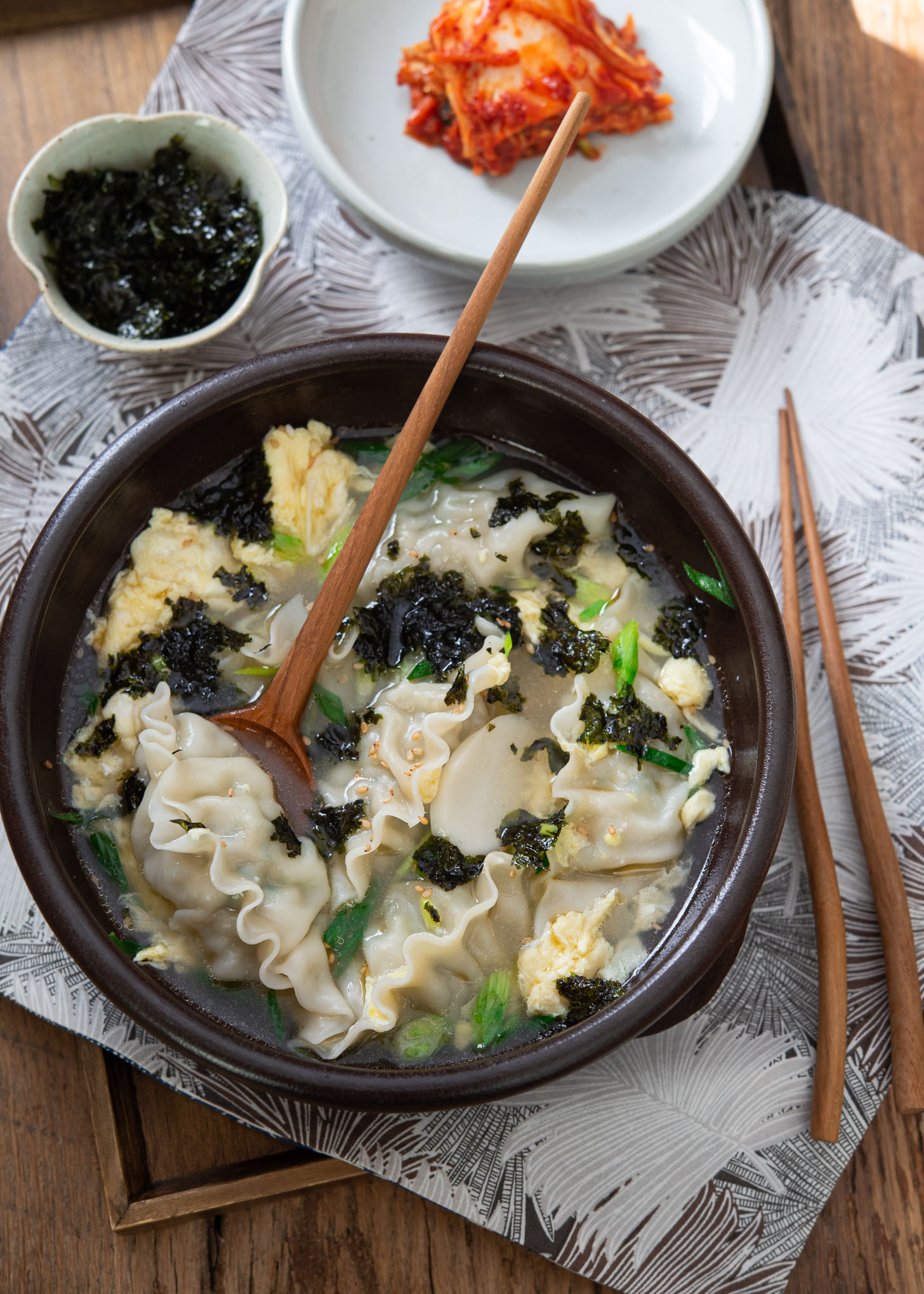
Other additions
Adding a beaten egg is the most common addition. In addition, many people like to mix in rice cake rounds (tteok), even with a ratio of half mandu and half rice cake. This combination dish has it own name, tteok mandu-guk (rice cake dumpling soup) in Korean cuisine.
I like to add a just handful of rice cake rounds to my dumpling soup to factor in a little chewiness, but that is totally optional for you.
For an optional garnish, I like to sprinkle some crumbled roasted seaweed on top of the soup. That’s how I always enjoyed my mandu guk as a child.
By the way, kimchi on the side is a must. At least for me, it is.
How to make Korean dumpling soup
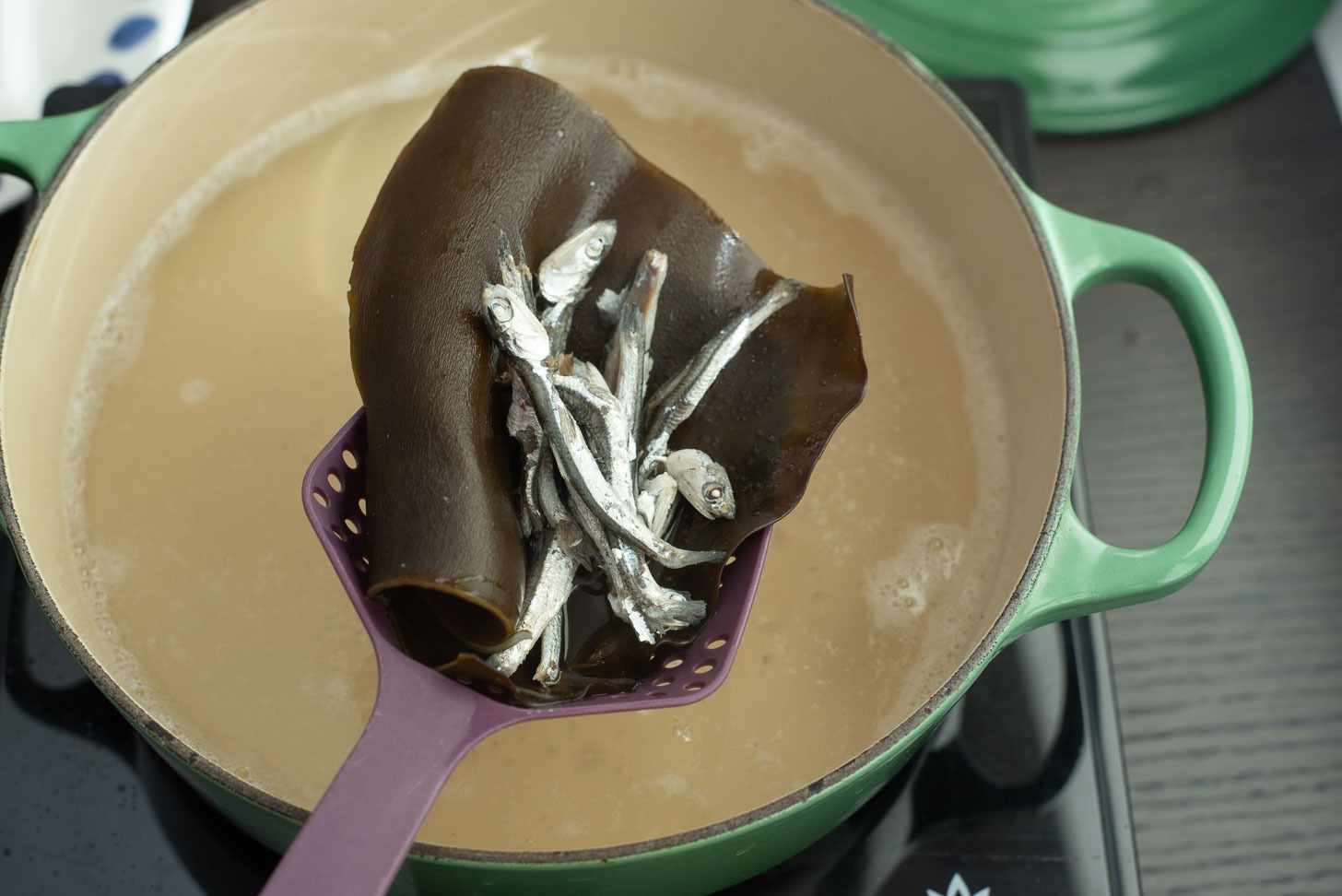
Step 1. Prepare soup base
Combine water with dried anchovies and sea kelp in a soup pot and bring to boil. Let the stock simmer for 4-5 minutes over low heat. Discard the anchovies and sea kelp.
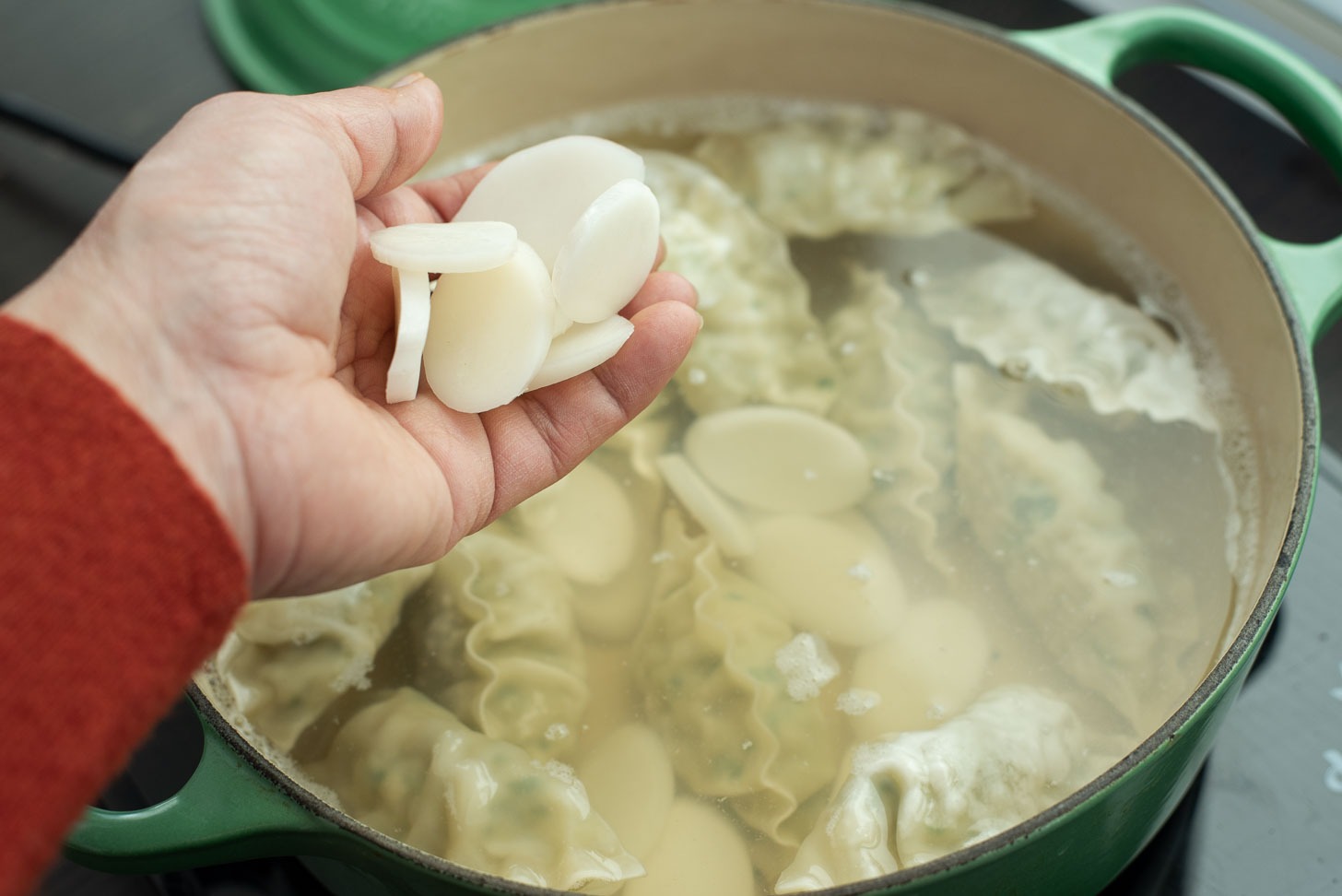
Step 2. Add dumplings
Add dumplings and rice cake rounds (if using). Bring the soup to a boil and then simmer over medium heat until the dumplings are cooked and the rice cakes are soft, about 5-7 minutes. The dumplings will float on top when they are fully cooked.
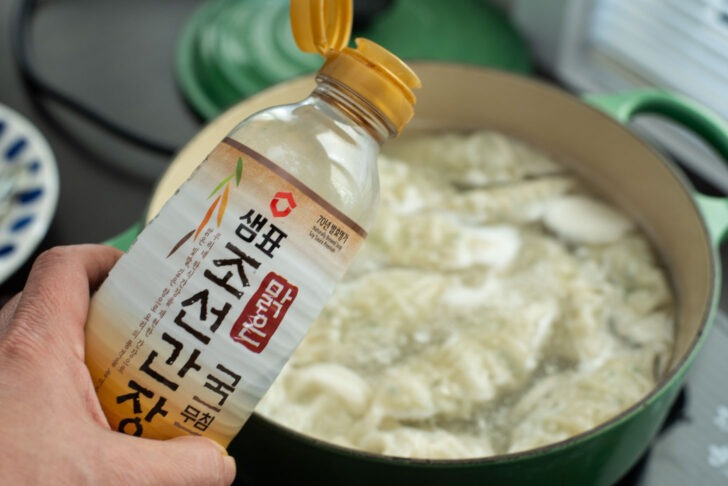
Step 3. Season the soup
Add garlic and season the soup with Korean soup soy sauce and salt.
About seasoning: I recommend using Korean soup soy sauce instead of regular soy sauce. Regular soy sauce make the soup too dark (aesthetically not pleasing to the eyes). Besides soup soy sauce adds deeper umami flavor that regular soy sauce doesn’t provide. Add salt to taste for the rest of seasoning.
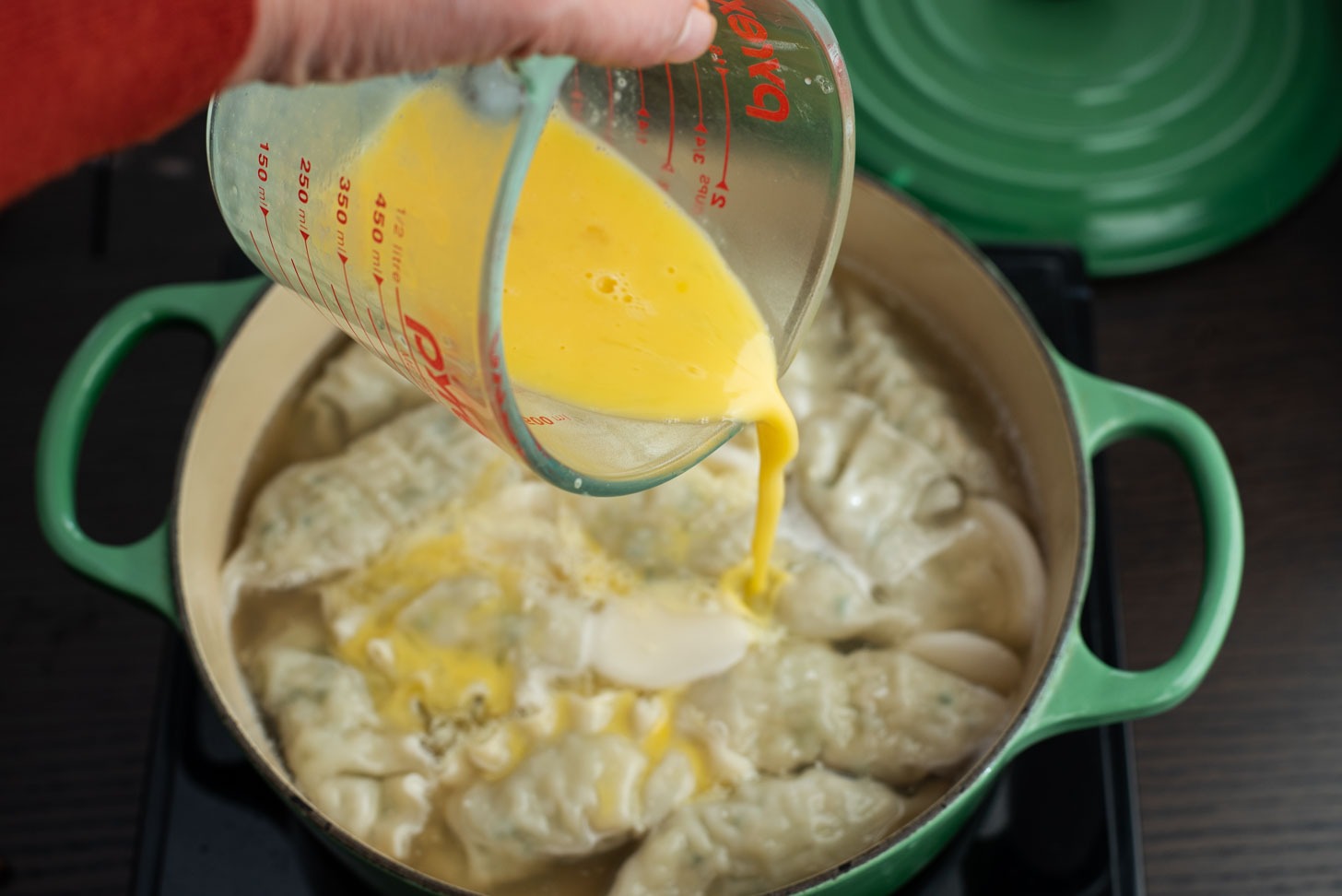
Step 4. Add eggs
Beat eggs with 1 tablespoon of water in a bowl and slowly add to the soup in a swirling motion. Gently stir the eggs, just a couple of stokes. Let the heat in the soup cook the eggs, about 30-60 seconds..
Cooking tip: Adding a little water to the eggs while beating makes the egg very soft and silky once cooked.
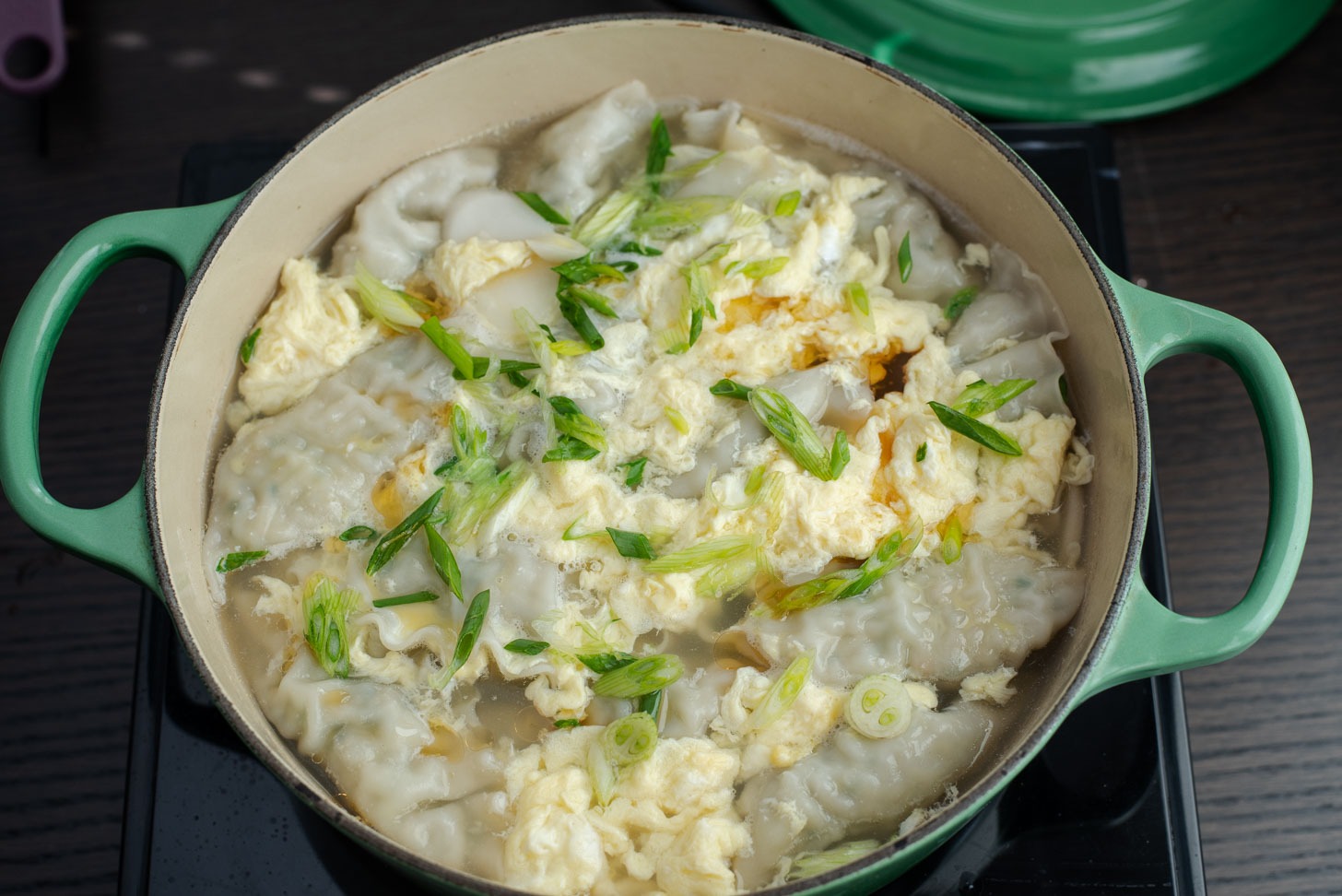
Step 5. Garnish
Turn off the heat, and add sesame oil and green onion to garnish. Sprinkle with black pepper to your taste.
To serve: Divide the soup into serving bowls. Serve the soup hot with kimchi on the side. As an option, I recommend that you serve the soup topped with crumbled roasted seaweed.
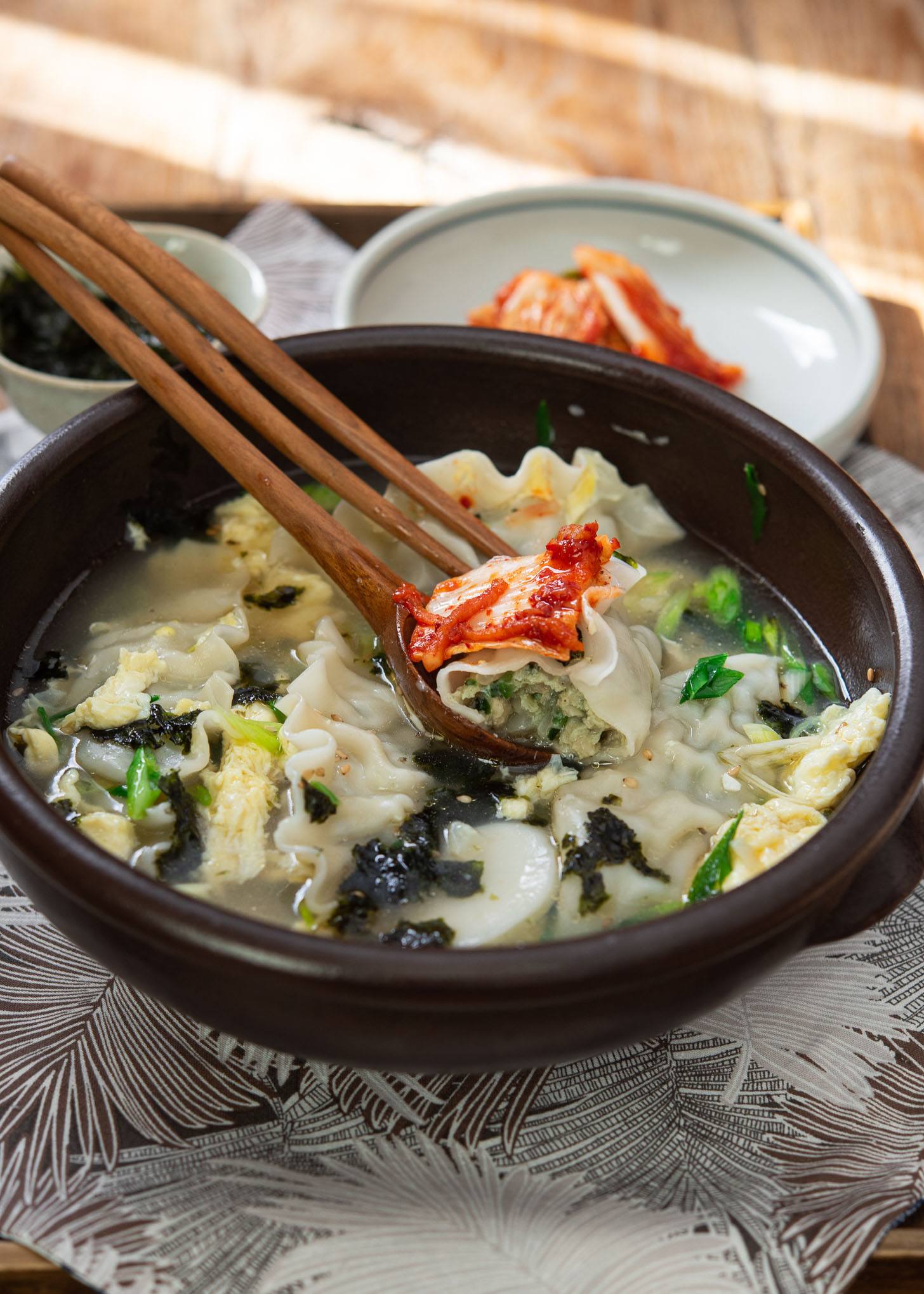
More Korean soup recipes
If you enjoy Korean soups, some of these homemade recipes are easy and quick to prepare. They are delicious and so comforting!
- Tteokguk (Korean Rice Cake Soup)
- Beef and Bean Sprout Soup
- Spicy Korean Chicken Soup (Dakgaejang)
- Korean Beef Radish Soup (Sogogi Muguk)
- Korean Beef Seaweed Soup (Miyeok-guk)
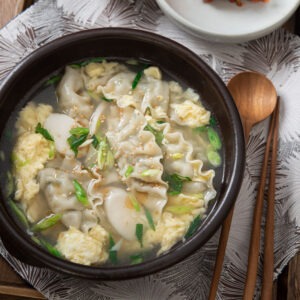
Quick Korean Dumpling Soup (Mandu Guk)
Ingredients
- 5 cup anchovy stock or other stock of your choice, See note below.
- 1 lb large Korean dumplings (about 12), or other Asian dumplings
- 1 handful Korean rice cake rounds, optional
- 2 cloves garlic, finely minced
- 2 eggs
- 1 tbsp Korean soup soy sauce (gukganjang)
- salt , to taste
- 2 tsp sesame oil
- 1 green onion, chopped
- 1/4 cup crumbled roasted seaweed sheet, optional
anchovy stock
- 5 cup water
- 10 dried anchovies, cleaned
- 1 piece large dried sea kelp
Instructions
- To make anchovy stock, combine water with dried anchovies and sea kelp in a soup pot and bring to boil. Let the stock simmer for 4-5 minutes over low heat. Discard the anchovies and sea kelp.
- Add dumplings and rice cake rounds (if using). Bring the soup to a boil and then simmer over medium heat until the dumplings are cooked and the rice cakes are soft. The dumplings will float on top when they are fully cooked.
- Add garlic and season the soup with Korean soup soy sauce and salt.
- Beat eggs with 1 tablespoon of water in a bowl and slowly add to the soup in a swirling motion. Gently stir the eggs, just a couple of stokes. Let the heat in the soup cook the eggs, about 30-60 seconds..
- Turn off the heat, and add sesame oil and green onion to garnish. Sprinkle with black pepper to your taste. Divide the soup into serving bowls. Serve the soup hot with kimchi on the side. As an option, I recommend that you serve the soup topped with crumbled roasted seaweed.
Notes
- beef broth
chicken broth
vegetable broth
bone broth (bone-marrow soup)

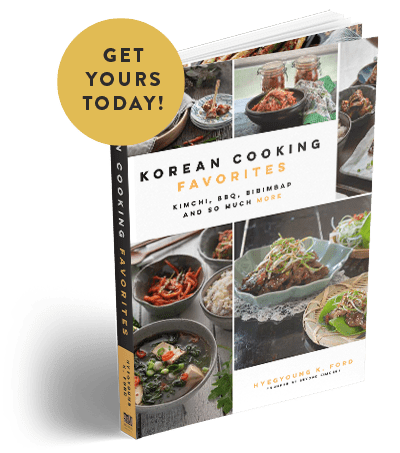
Quick and very tasty. This will be a weeknight regular!